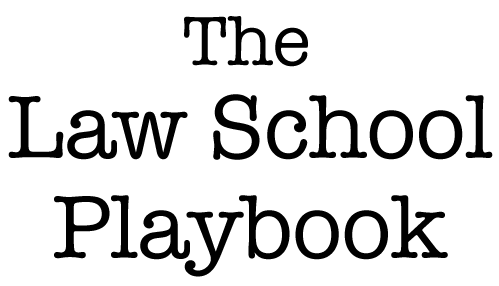According to the relevant research, generative learning takes place when students select from proffered information, organize the selected information into a coherent structure, and integrate the selected information with prior knowledge. Students who use generative learning strategies perform better than those who simply use rote learning strategies (limited to memorizing only). What does all of that mean? Create an outline or some type of course summary. Start this weekend.
What is an outline? Stated simply, an outline a comprehensive study tool developed—by you and for you—to prepare for midterms or final exams. Think about your Facebook news feed. Sure, you can click on every one of your friends’ Facebook pages to find information you are searching for, but all that hunting would take a really long time, and it would be difficult to weave together any type of overview. Instead, your Facebook news feed has selected, organized content all in one place. Your outline likewise will have selected, organized content all in one place but, instead of relying on the Facebook algorithm (which is as elusive as the Coca-Cola recipe), you will curate the information that goes in it, helping you to see the big picture of the course. You can’t buy that on Amazon.
How to get started. First, block a designated time in your study schedule (a chunk of time works well) to sit down with all of the “ingredients” that will be part of your outline. You should gather your sources, including the course syllabus, handouts, PowerPoints, reviewed and corrected class notes and case briefs, the casebook (including the table of contents and case notes), and a reliable study aid.
Note: this process is not an exercise in cutting and pasting or copying information word for word without much thought. Remember that your job throughout is to use deep thinking to (1) select information (2) organize it, and (3) integrate it with what you already know. This means that you must condense materials before putting them in an outline. Here are some general guidelines:
Your outline should be organized around clear rule statements (and not around cases). Those rule statements should be deconstructed into specific defined elements or sub-rules. Your outline must also include well-defined exceptions to the rules.
For each rule, your outline should have examples of how the rule is applied. Cases and hypotheticals are examples of how a given rule works. Condensing case briefs is important. A full-page case brief will likely turn into a three-sentence summary explaining how the rule worked in that case.
Include policy, which is the reason for the rule. It is the rule’s general purpose. Drug laws, for example, might exist to preserve health and safety. Thus, a “bright line” rule (easy to enforce) was created for the benefit of society. Putting the rule into context this way often helps you understand and remember it.
Significantly, include exam tips that remind you about: when a rule is triggered, tricky issues that may arise, where the law is unclear and allows for clear argument for both sides, and key concepts from class.
There are no points for beauty, so don’t fixate on the appearance of your outline. No matter how many colors or special types of formatting you use, your outline won’t be inducted to a hall of fame or hung in a “perfect outline” gallery. The point is to create some type of distinguishable hierarchy that allows you to distinguish rules from sub-rules from exceptions to rules, etc. And if you are comparing something—think model penal code and common law—find a way to easily distinguish one from the other.
Similarly, don’t use beautiful prose. A narrative form makes an outline less helpful and more difficult to parse. There is no Pulitzer Prize here.
Finally, determine your exam dates for each class and then work backward to create a target completion date for each of your outlines. You want to be using them and not creating them when studying for exams. Your goal should be to have all of your outlines completed by the week prior to midterms and final exams.
I’ll do a separate post on how to use your outline. For now, your focus should be on getting the process started. Trust me, you don’t want to wait.
